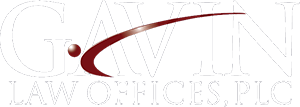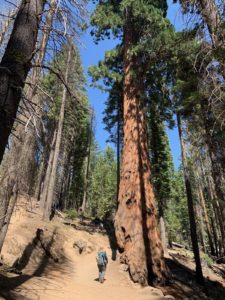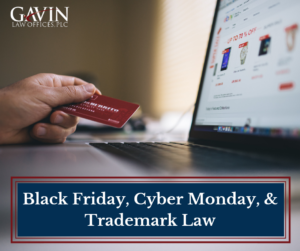Every year, U.S. Customs and Border Protection (CBP) processes millions of cargo containers passing through the over 300 ports of entry into the United States. CBP examines the imports, searching for – among other criminalities – violations of intellectual property rights. The agency’s inspection process results in the annual seizure of thousands of imported counterfeit and infringing goods.
Trademark owners may not be aware of the major role CBP has in policing the infringement of intellectual property rights by foreign-sourced products. In order to reap the benefits of the agency’s enforcement actions, trademark owners should consider recording their U.S. trademark registrations with CBP. The process of recording a trademark is inexpensive and relatively quick, especially in comparison with civil litigation. Moreover, recording trademarks with CBP may be an effective method of deterring, and discovering, potential infringements.
In order to record a mark with CBP, a trademark owner must have a federal registration for the mark on the U.S. Trademark Office’s (USPTO) principal register. Trademarks on the USPTO’s supplemental register, common-law marks, or state-registered trademarks may not be recorded with CBP. In addition to submitting an application and a filing fee ($190 per mark, per class), applicants may provide supplementary information and/or documents to assist CBP with enforcement. For example, trademark owners have submitted “product guides” with information about identifying legitimate marks or infringing goods.
Trademarks approved for recordation will be added to CBP’s national database of protected marks (and copyrights, which may be recorded with CBP as well). Having a trademark included in this database is a significant benefit of recordation. CBP agents refer to the database to enforce intellectual property rights, and inclusion in the database ensures that CBP is aware of a mark. The public has access the CBP database as well, which may deter potential infringers who can easily check to see which marks are being actively protected.
CBP may seize and detain goods which potentially infringe a trademark owner’s rights and which have been recorded with the agency and included in the database. If CBP seizes/detains goods which may infringe a recorded trademark, the agency will contact the trademark owner and can send the owner photographs or samples to assist with identifying infringement. Therefore, while recording a mark with CBP ensures that the agency is aware of a trademark owner’s mark and that the agency will alert the owner of potential infringements, trademark owners themselves are also responsible for assisting CBP with enforcing their rights.
Owners of international trademark registrations may record their marks with foreign countries as well. For example, owners of Chinese trademark registrations may record their mark with the General Administration of Customs in China, which examines imports and exports for potentially infringing goods.
In summary, recording a trademark with CBP establishes a partnership between trademark owners and the agency that may help owners discover and reduce foreign infringements. Please contact us with any questions regarding the recordation of your registered trademarks and/or copyrights with CBP.
-Courtney Reigel, Esq.




 GLO readers, did you take advantage of any Black Friday and Cyber Monday deals? Millions shop, billions have been spent, and businesses may be thinking of ways to use “Black Friday” and “Cyber Monday” to promote the sales that their companies will have on these days. The question is – When it comes to trademarks and potential infringement, should companies be worried about using these terms in their marketing?
GLO readers, did you take advantage of any Black Friday and Cyber Monday deals? Millions shop, billions have been spent, and businesses may be thinking of ways to use “Black Friday” and “Cyber Monday” to promote the sales that their companies will have on these days. The question is – When it comes to trademarks and potential infringement, should companies be worried about using these terms in their marketing?